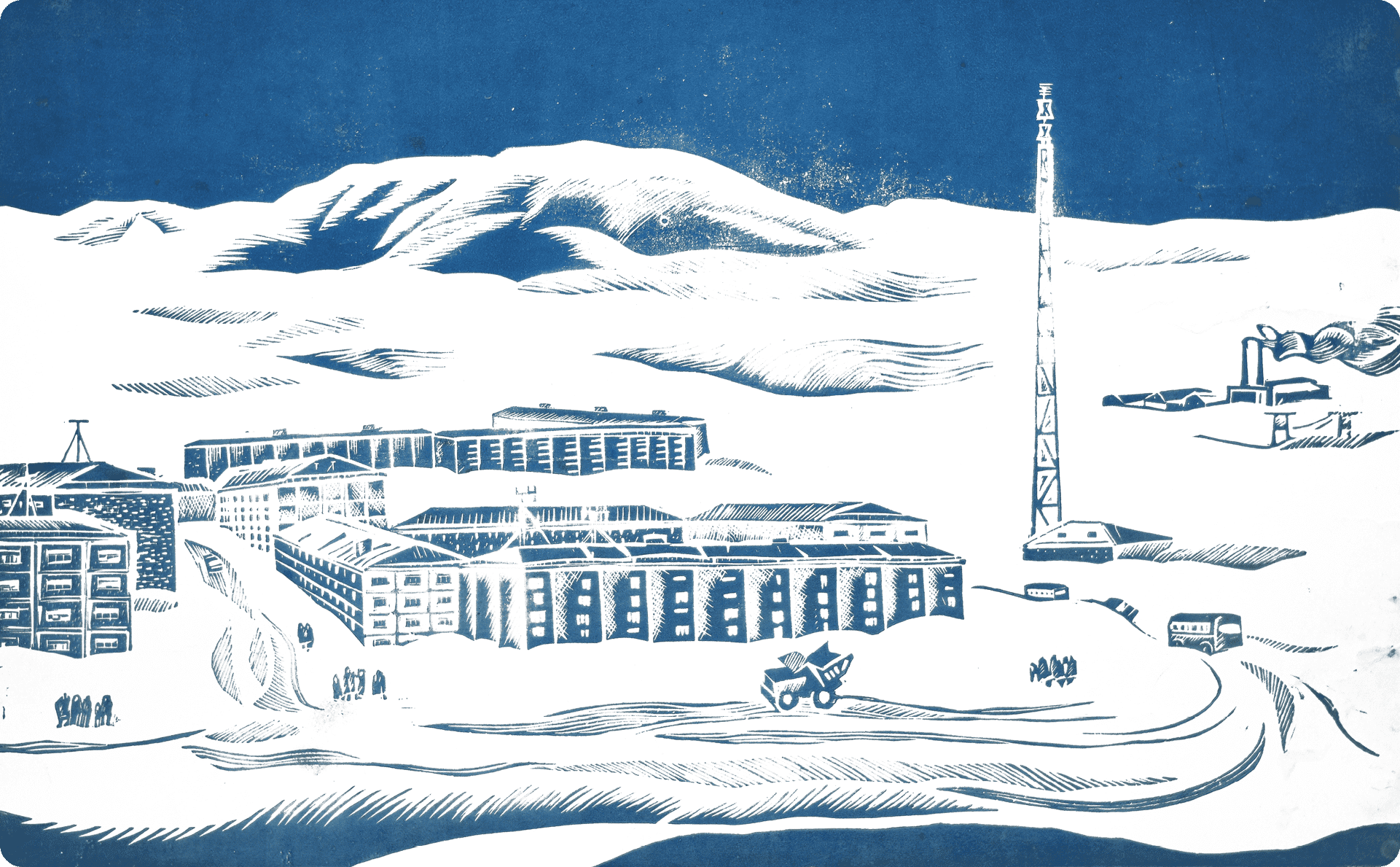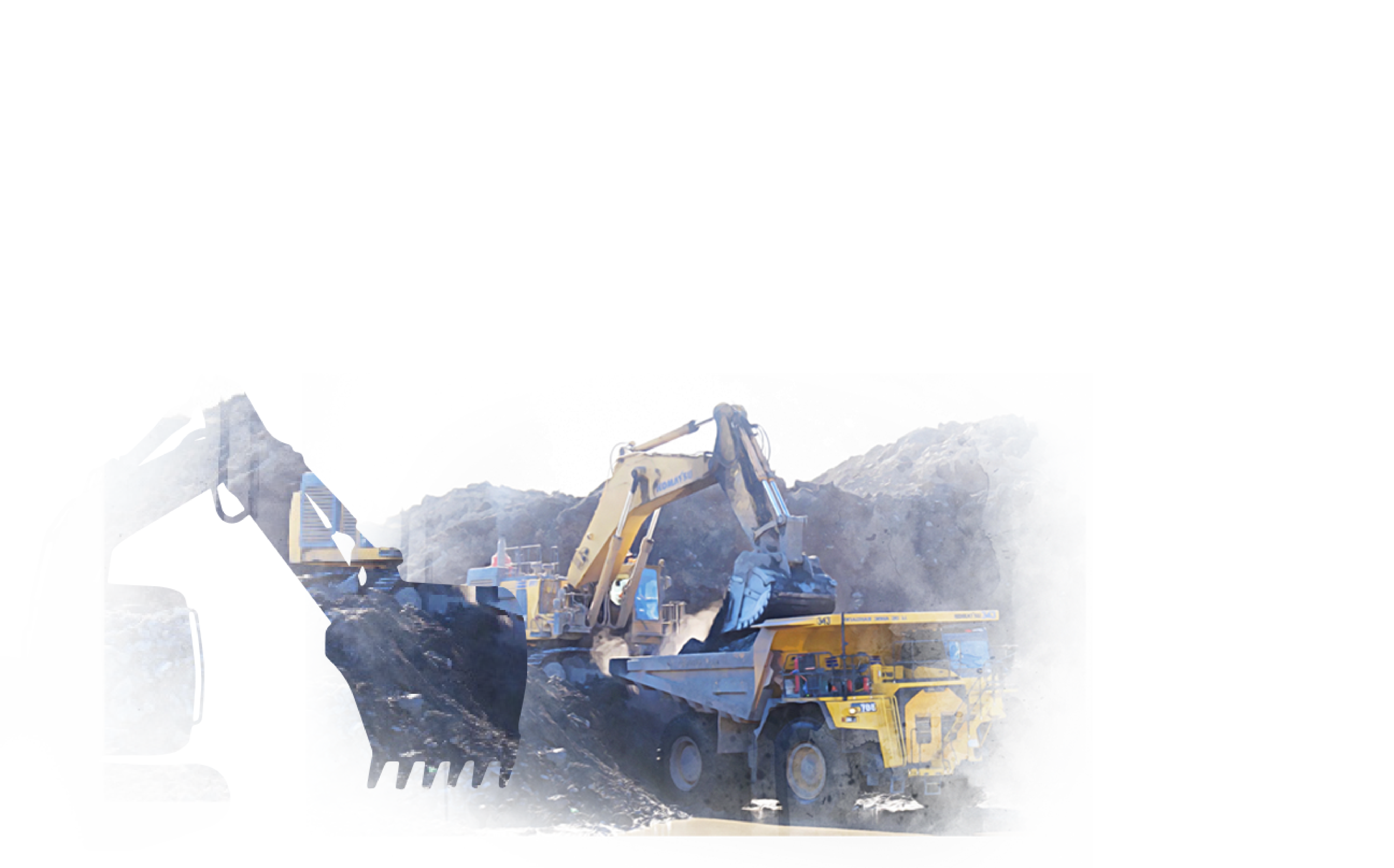Work-related injuries
SASB EM‑MM‑320a.1, GRI 403‑9, 403‑10In 2023, the Group had five fatalities, two of which were caused by the collapse of structures at Kola and Norilsk divisions, another two occurred due to the run‑over by underground equipment, and the last one came as a result of a drilling rig falling from a height at a mine.
In 2023, the Group had 78 lost time injuries, with lost time injury frequency rate (LTIFR) standing at 0.65. The increase in lost time injury frequency rate (LTIFR) from 2020 to 2023 is associated with a new approach to recording, classifying, and investigating accidents.
Nornickel’s indicators in this area are in line with the average for the global mining industry.

Investigation of fatalities
In the Company, all fatalities are subject to internal investigation and notification of the Board of Directors.
Based on the results of investigations into the collapse of structures at Kola and Norilsk divisions, measures were drafted and implemented to regulate the procedure for the maintenance and repair of ore haulage tracks, taking into account the results of instrumental non‑destructive testing, a technical council was established to assess the quality of repairs, and wooden slabs for vertical mine workings were banned in favour of concrete slabs.
To eliminate the causes of accidents involving the run‑over of self‑propelled diesel equipment, the Company takes a number of technical measures to equip underground machinery with a collision prevention system in order to stop the equipment when a pedestrian is in the danger zone, to build pedestrian walkways, traffic lights, curved mirrors, to develop uniform requirements for drawing up traffic patterns for vehicles and pedestrians in underground workings; safety zones were created for load‑haul‑dump drivers when working in the remote control mode; they also received additional training with skill testing.
The investigation of the accident involving a self‑propelled drilling rig falling from a height resulted in the development of a standard design for fencing of vertical mine workings with a height difference, visualisation of hazardous areas bearing a risk of falling from heights, provision of underground machinery drivers with up‑to‑date traffic patterns, and pilot tests on machinery navigation in underground mines.
Nornickel expresses its deepest condolences to the families and friends of the victims and reiterates its commitment to making zero work‑related fatalities a key strategic priority. We will keep running dedicated programmes to prevent workplace accidents.
